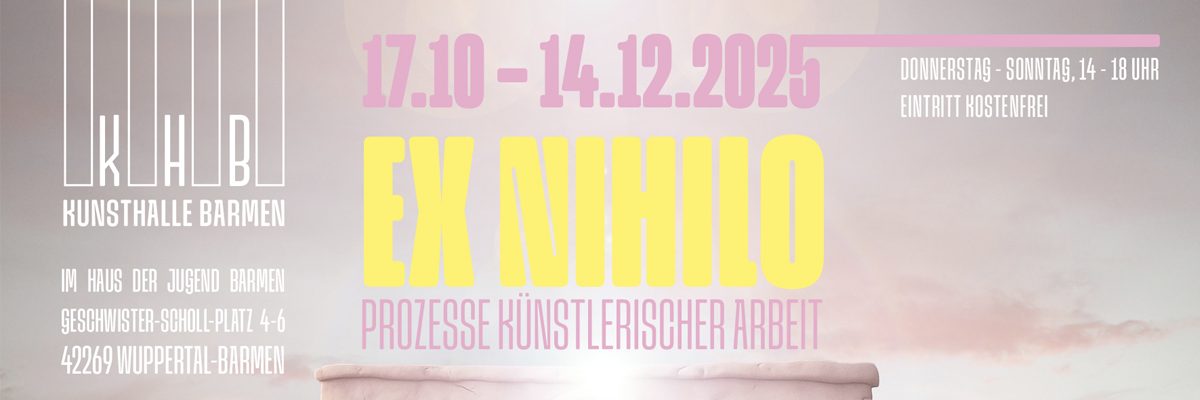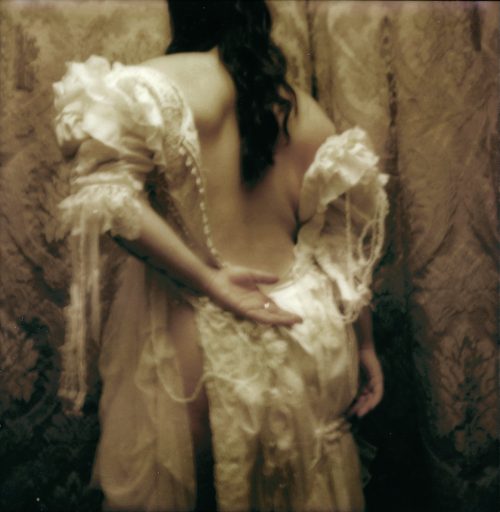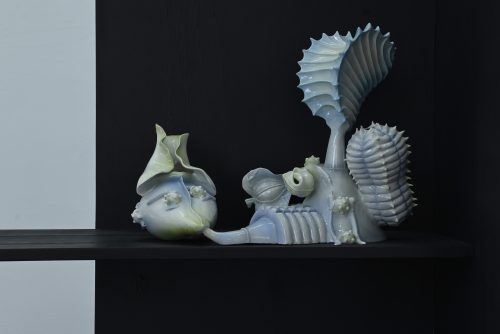
Groupshow
Main Protagonist
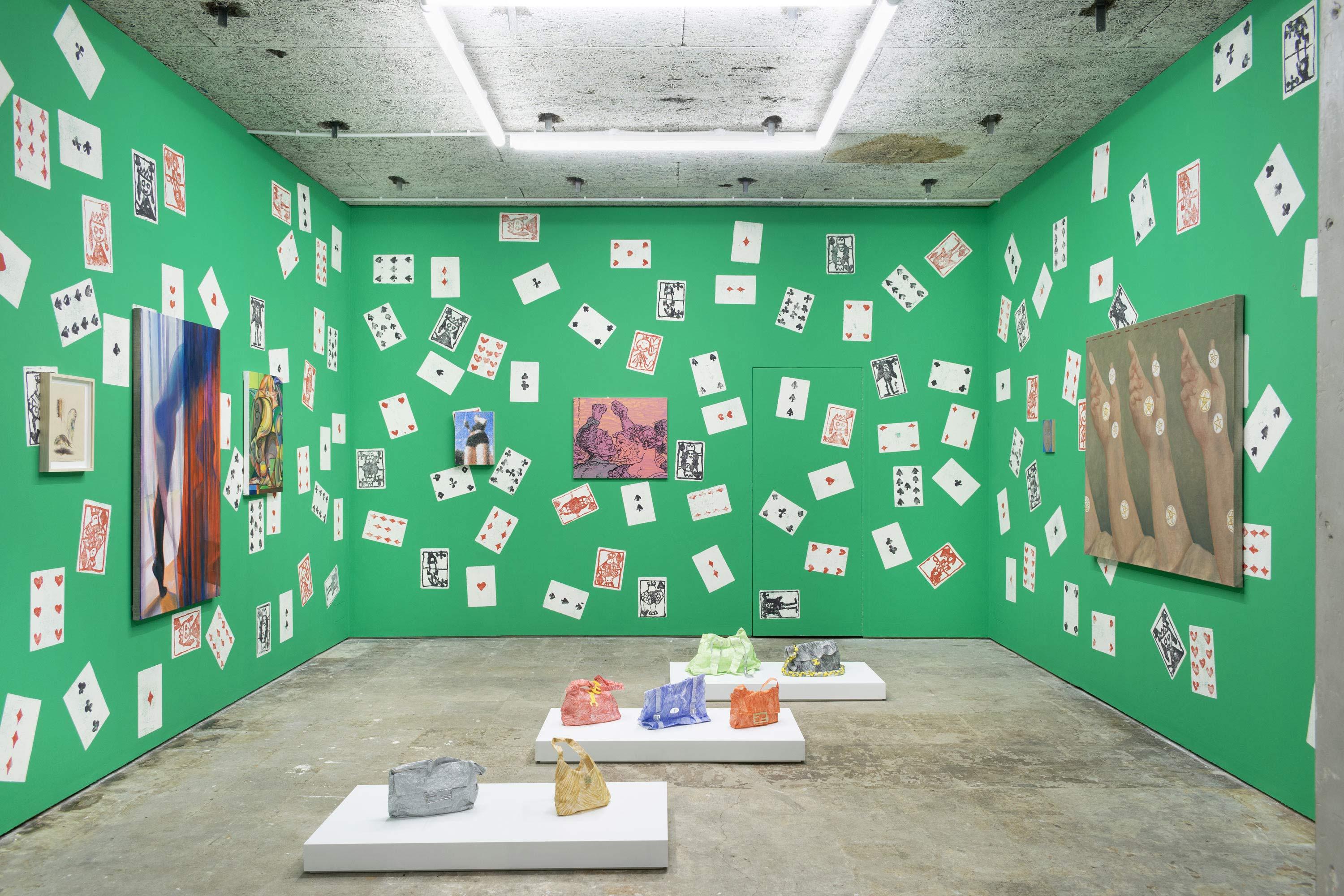
Advertisement
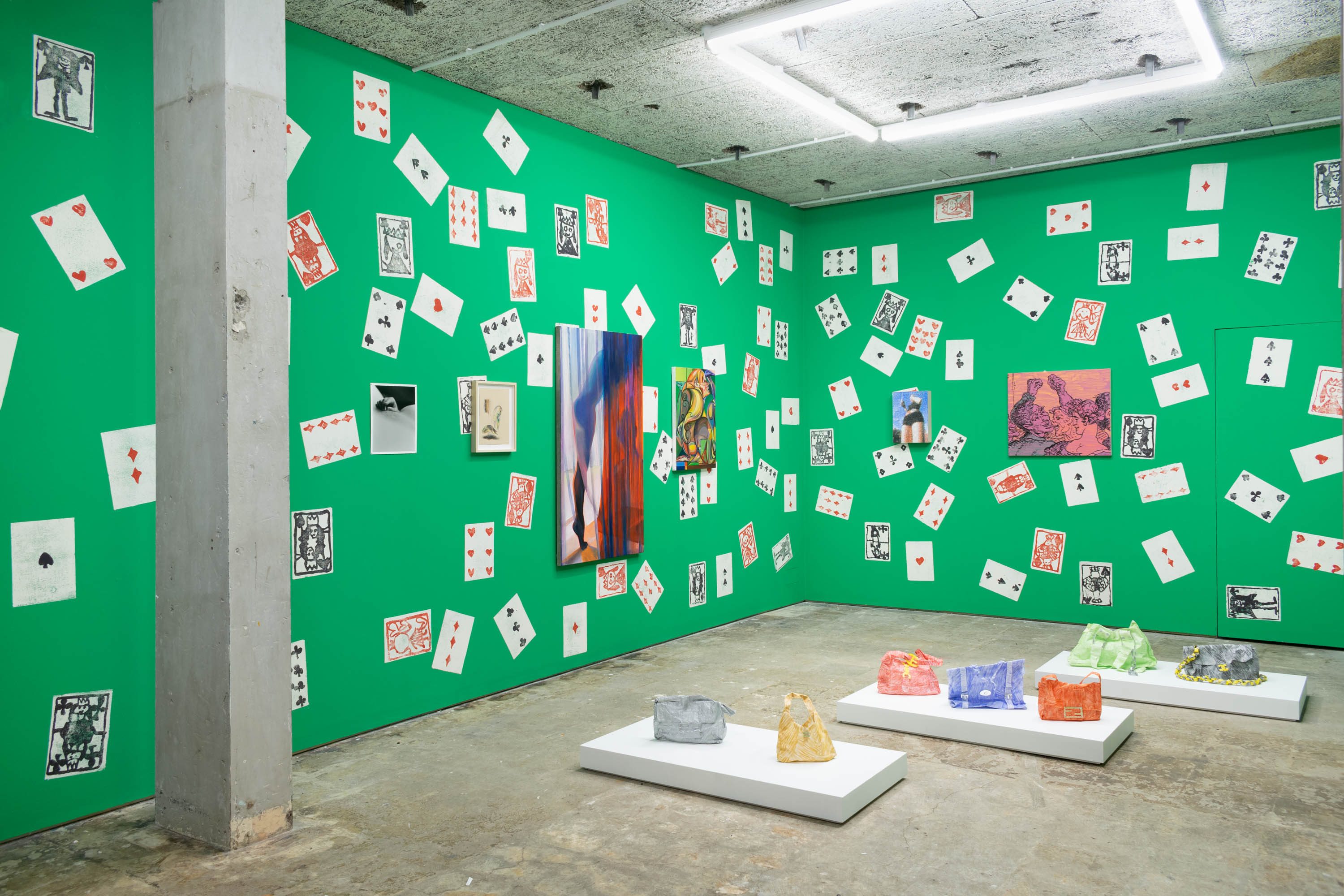
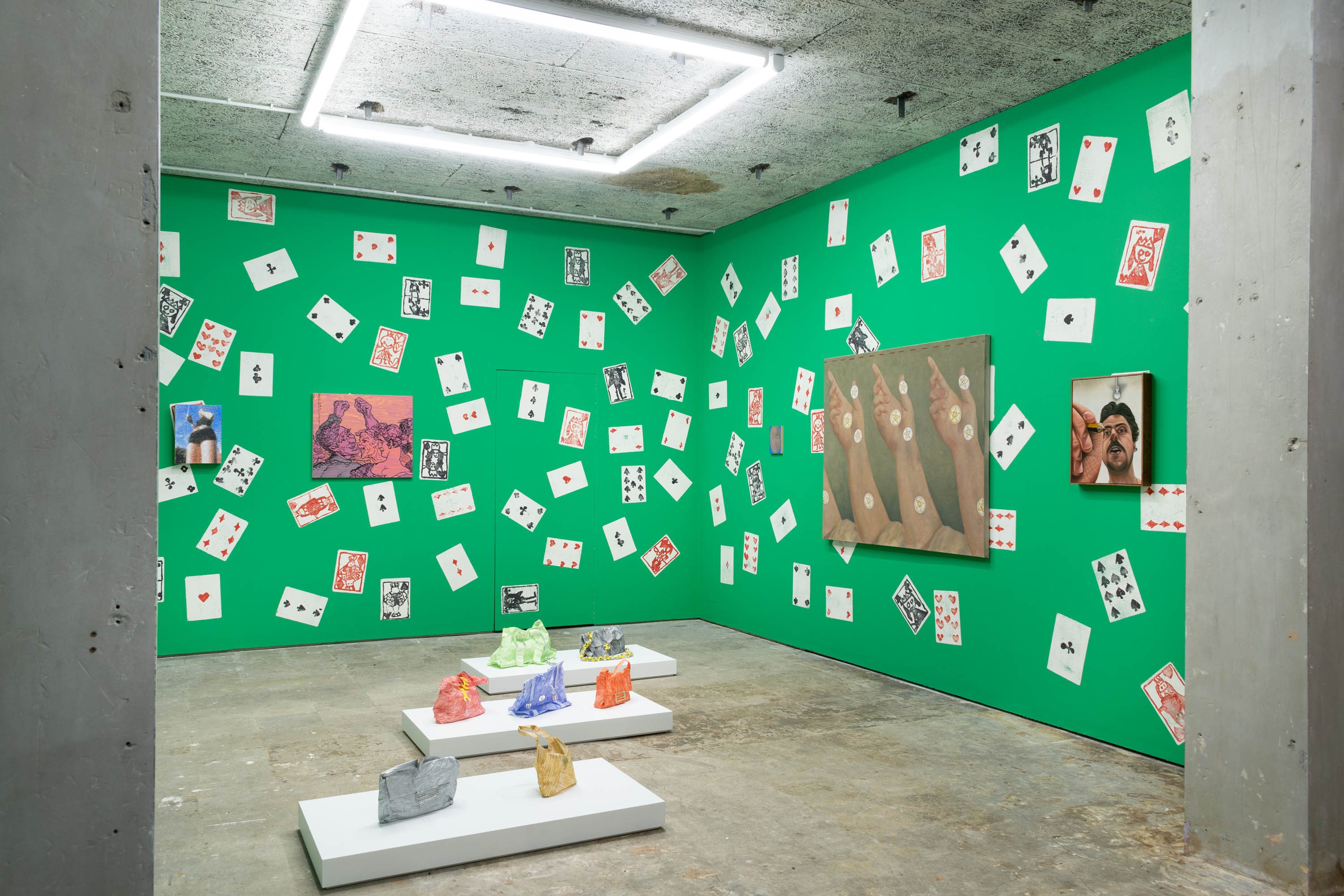
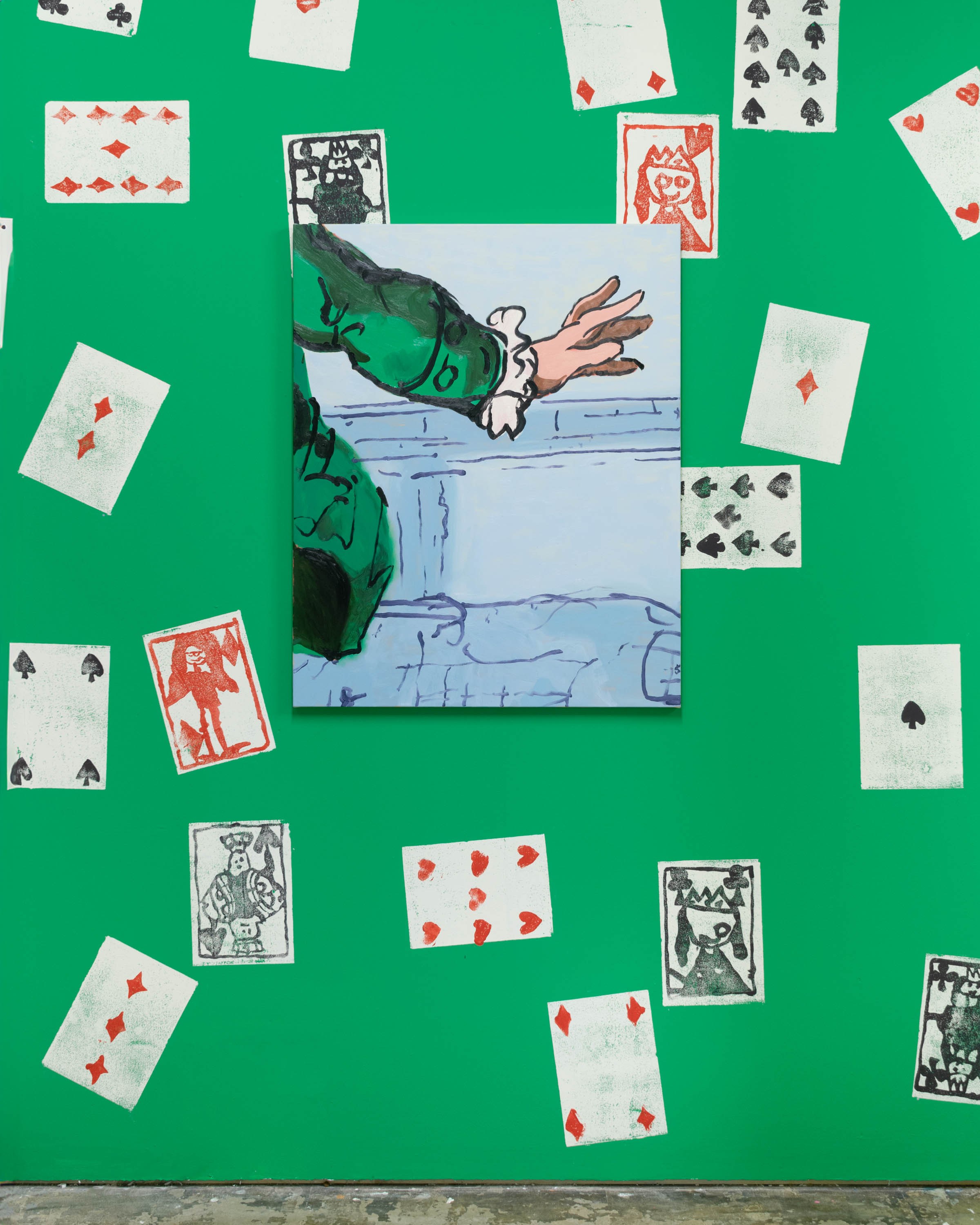
Offscreen, Charlie Billingham, Oil on linen, 100 x 80cm, 2024
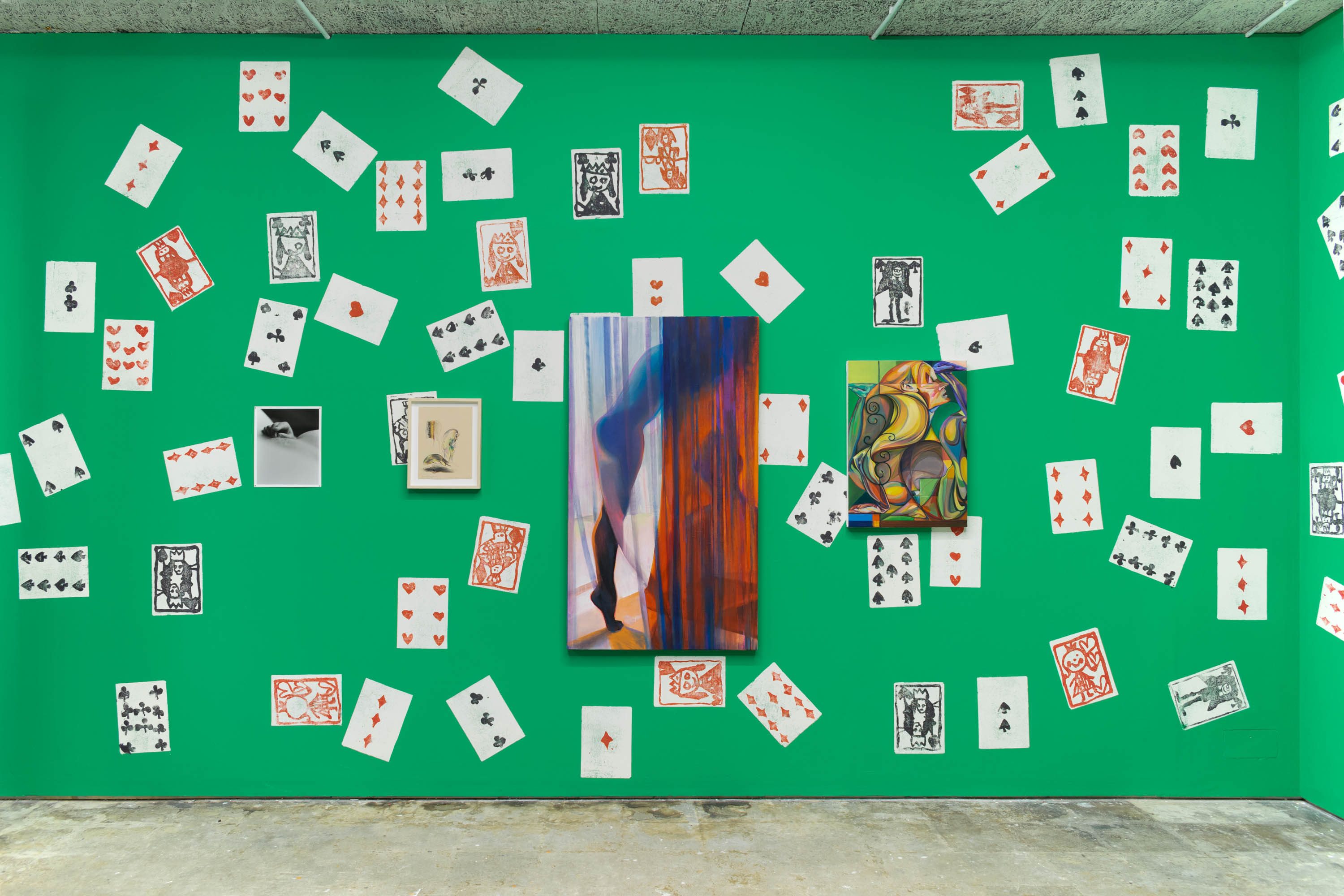
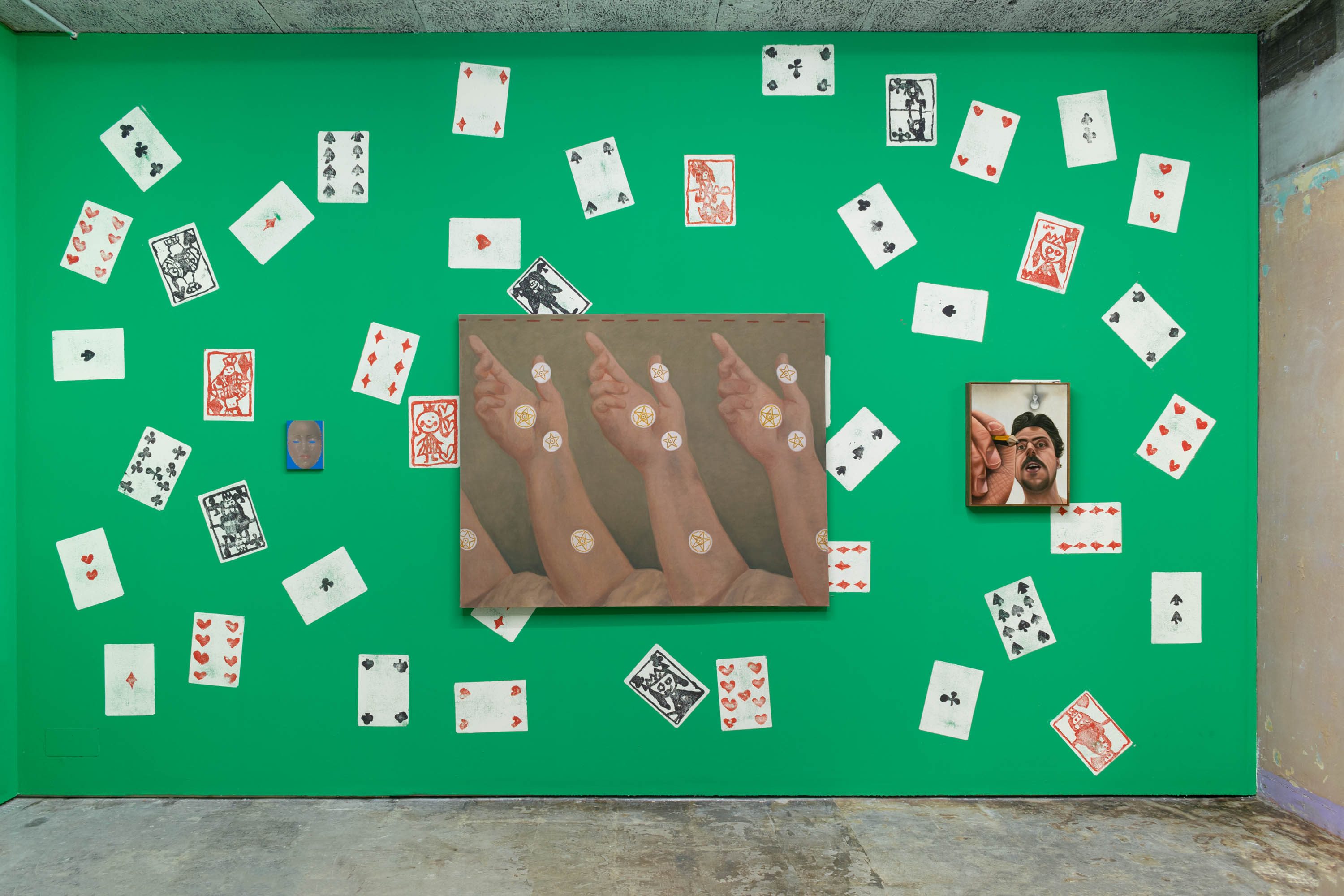
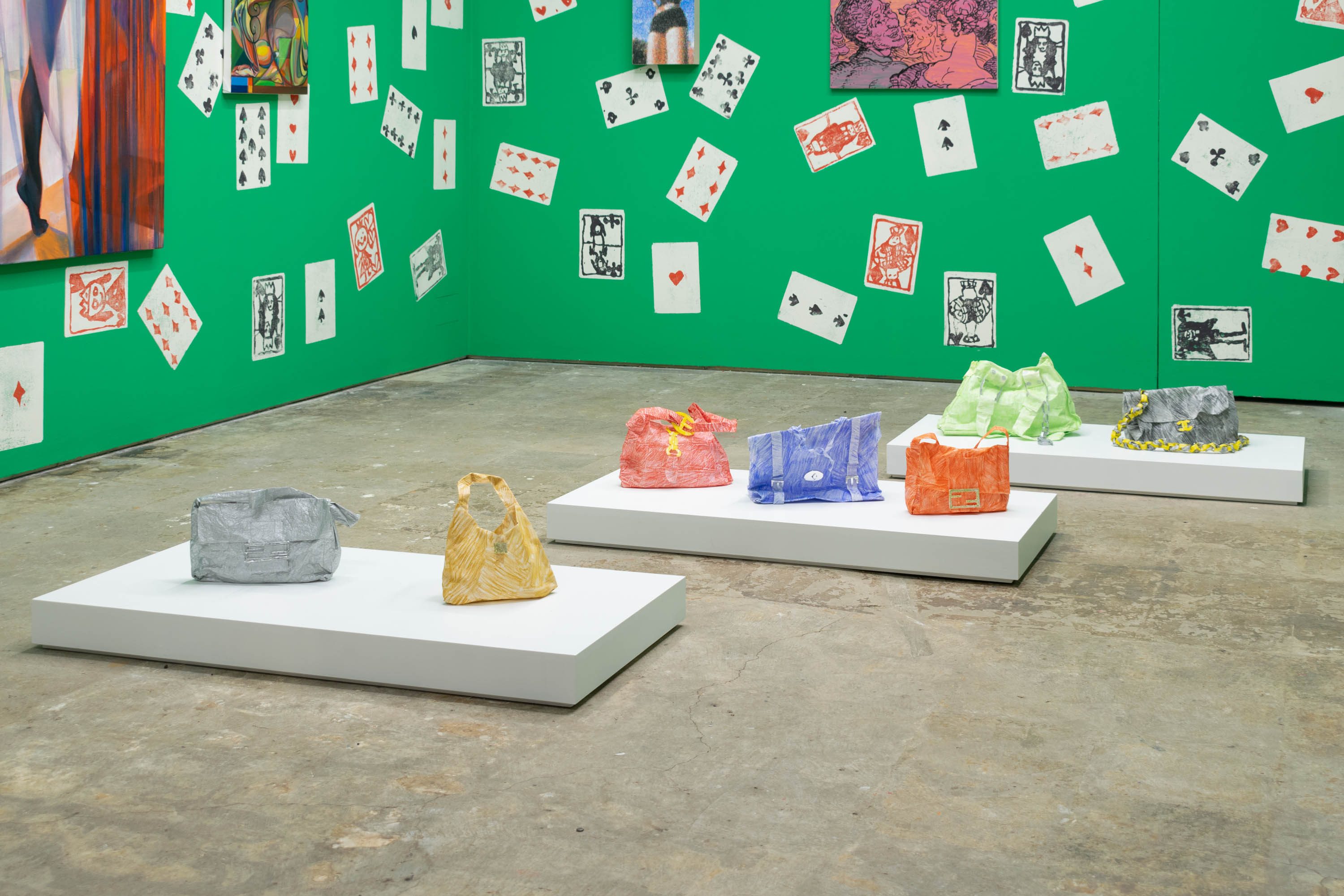
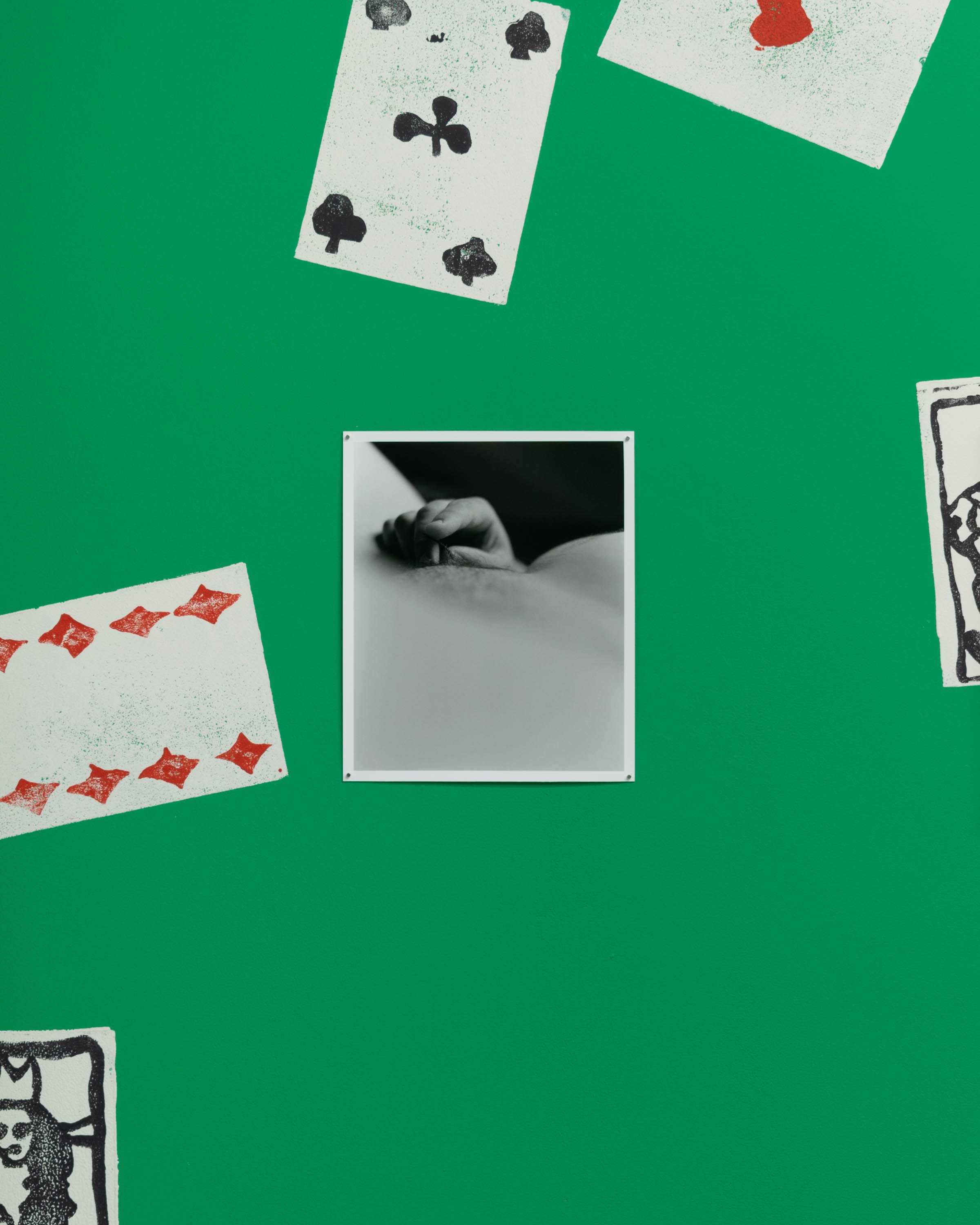
From love diaries with Danielė, Newcastle, UK, Janina Sabaliauskaitė, Gelatin silver print, 34 x 28.5cm, 2023
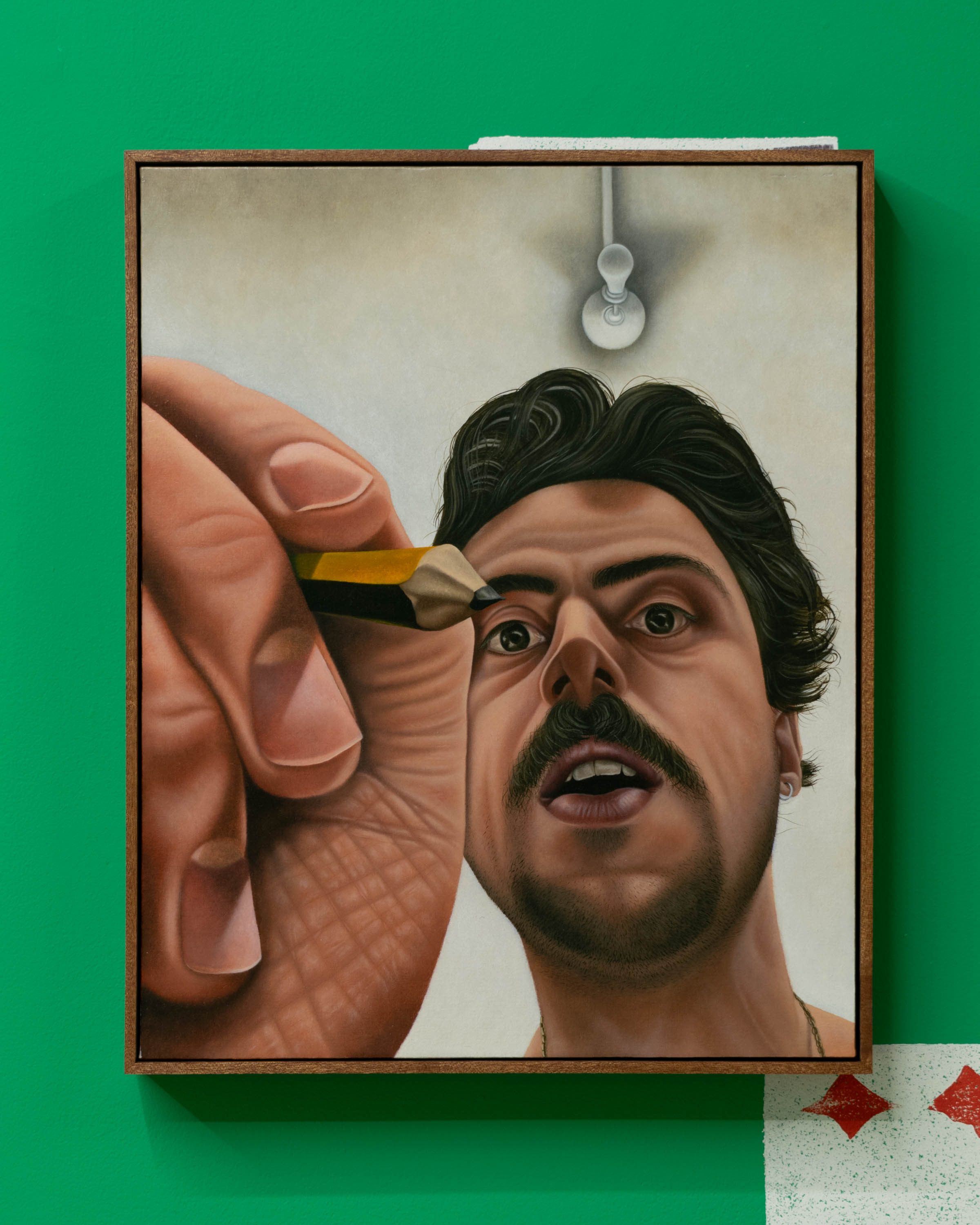
Pencil to Paper, Glen Pudvine, Oil on linen, 51 x 41cm, 2024
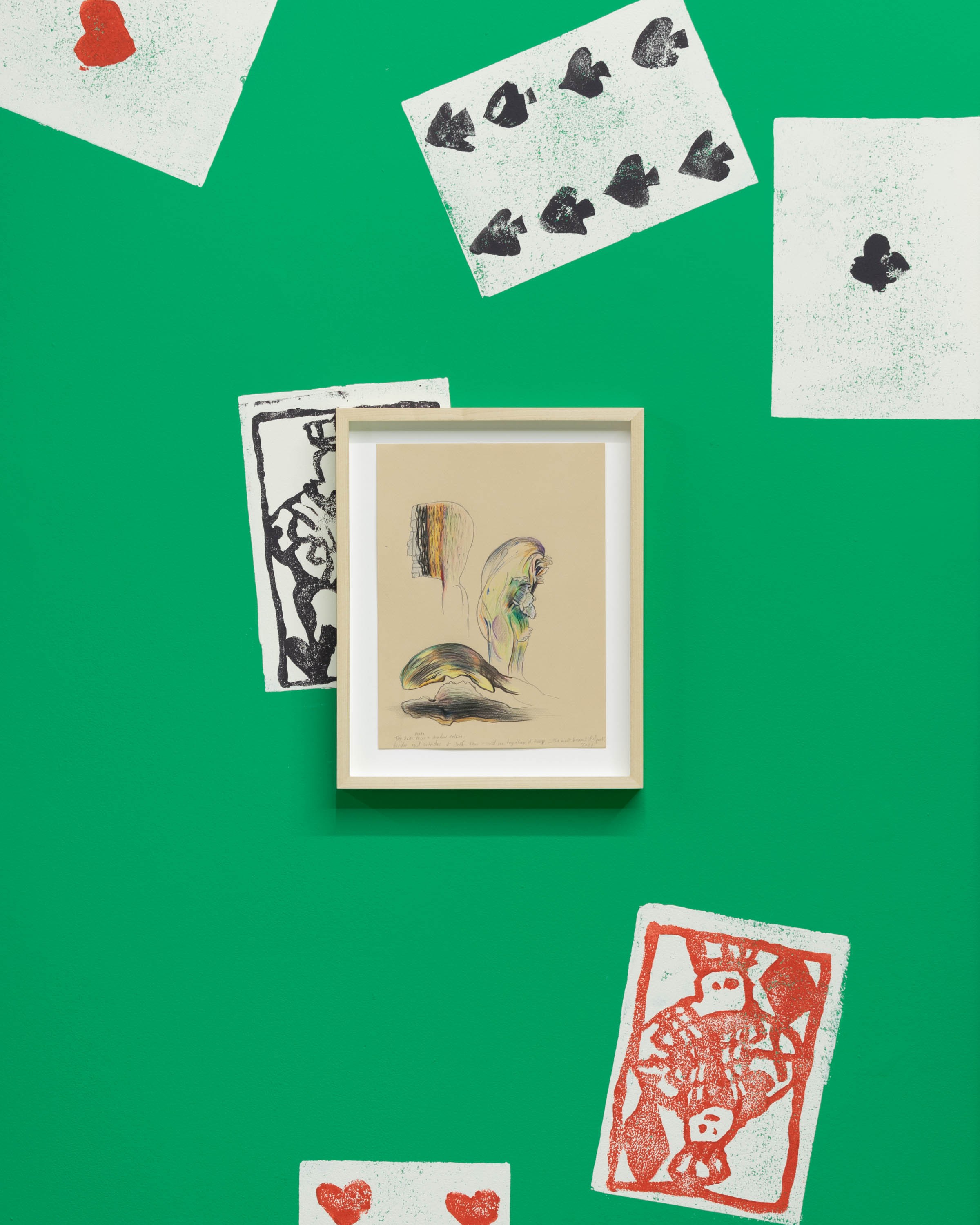
Tree bark, strata faces and shadow selves, Emma Cousin, Graphite and coloured pencil on paper, 30.5 x 39 x 3.5cm (framed), 2024
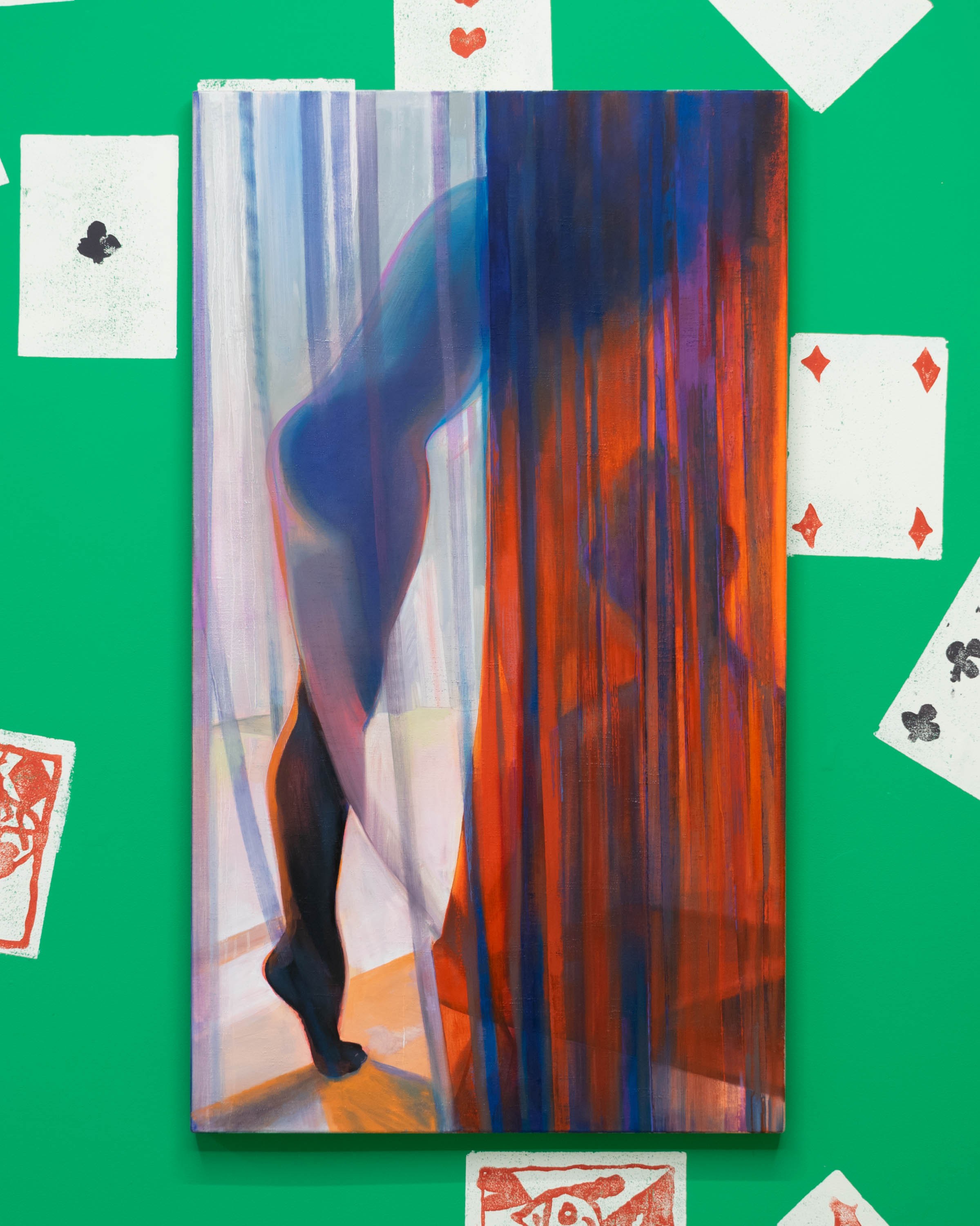
Into arabesque, David Gardner, Oil on linen, 140 x 80cm, 2025
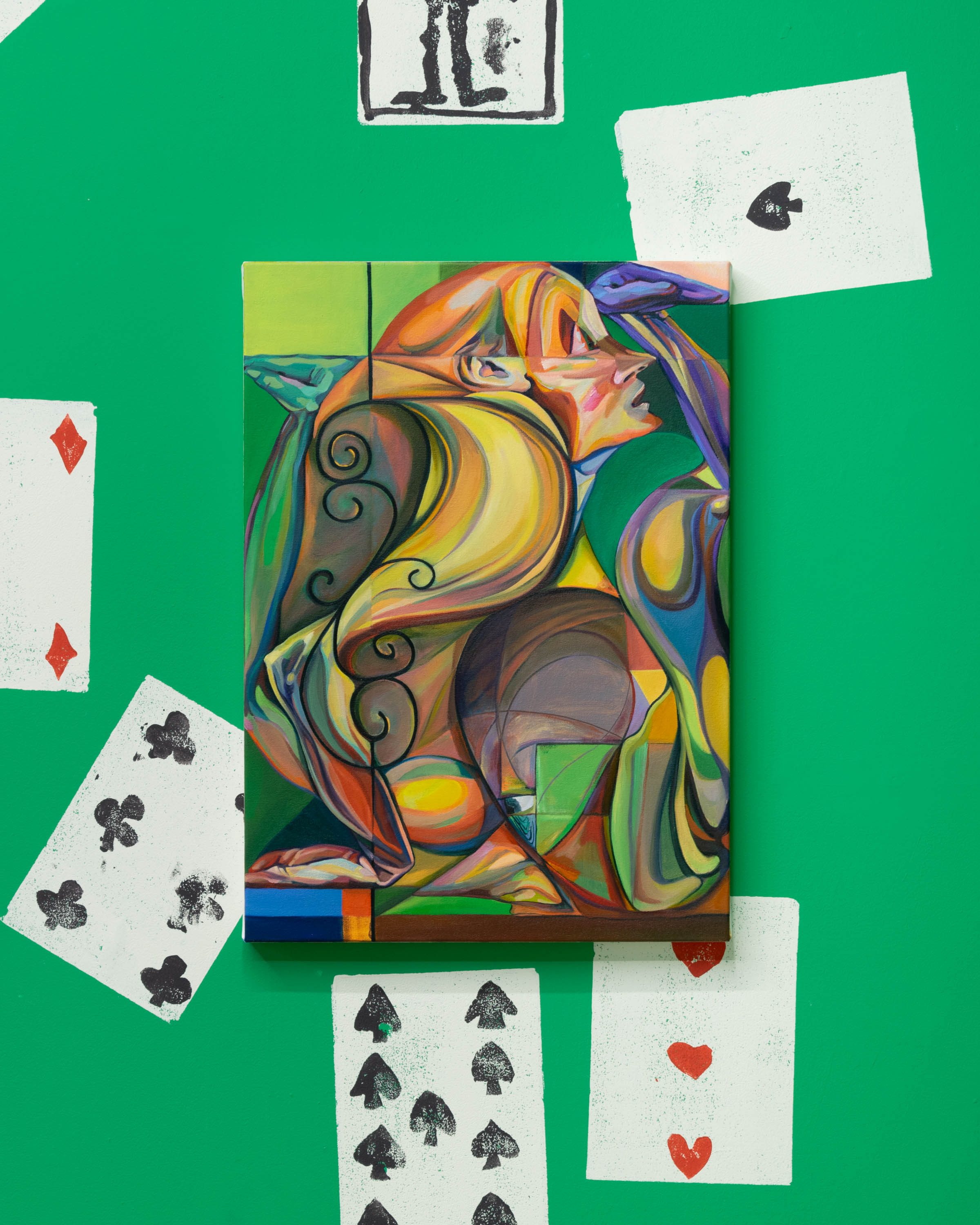
Make Like An Egyptian, Emma Cousin, Oil on canvas, 70 x 50 x 3cm, 2025
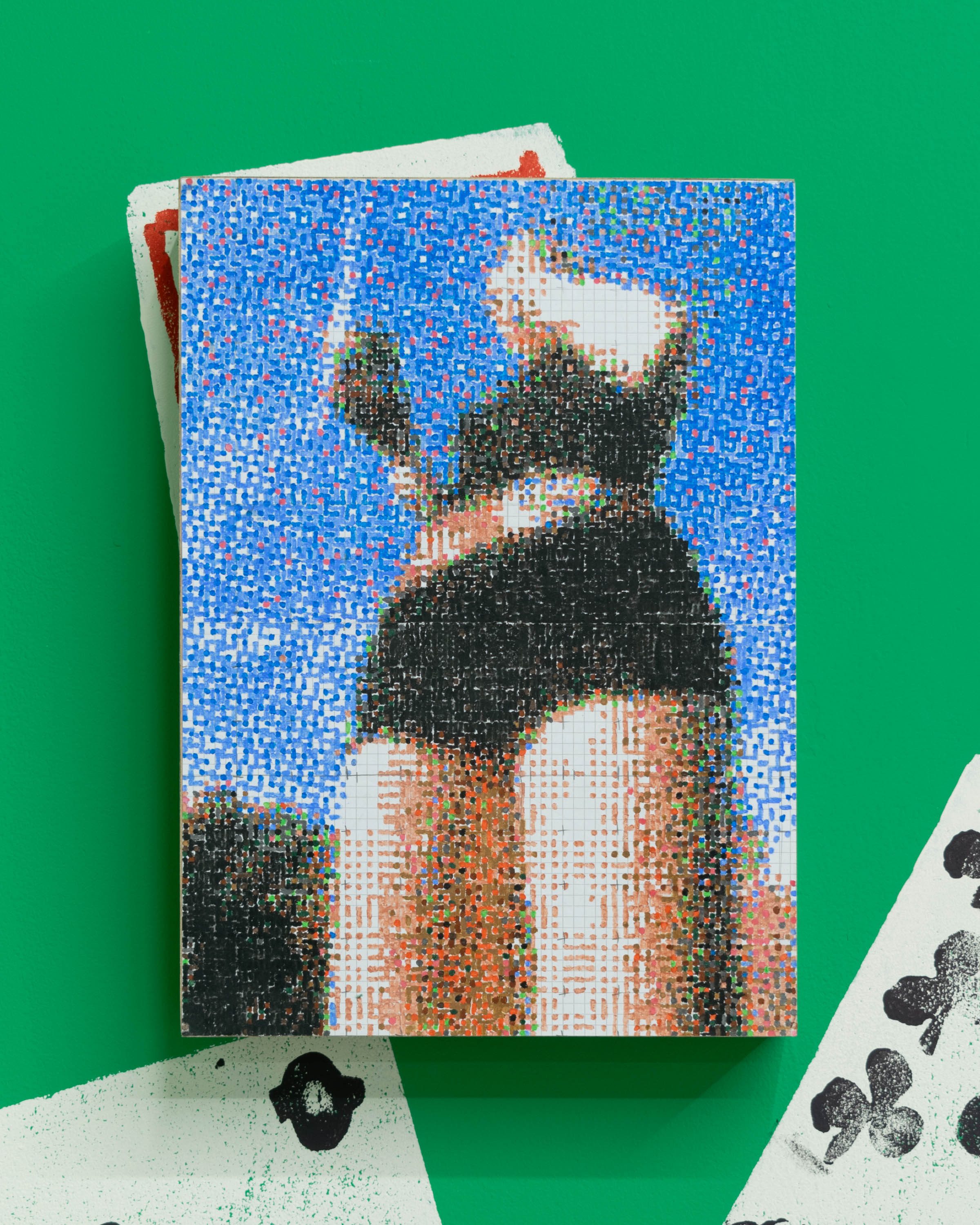
Sunrise, Lily Bunney, Watercolour mounted on frame, 40 x 28 x 7cm, 2024
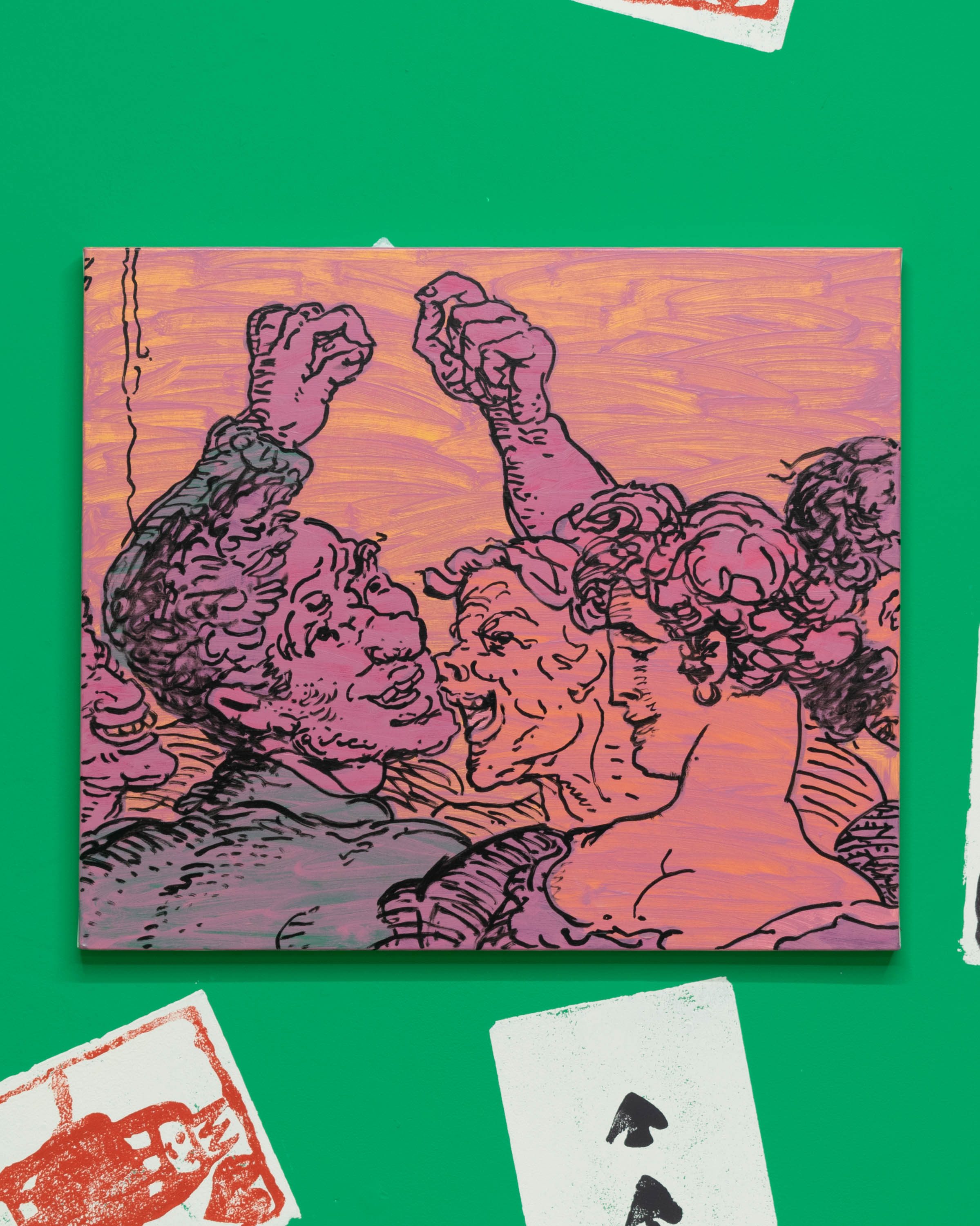
Drop, Charlie Billingham, Oil on linen, 60 x 70cm, 2022
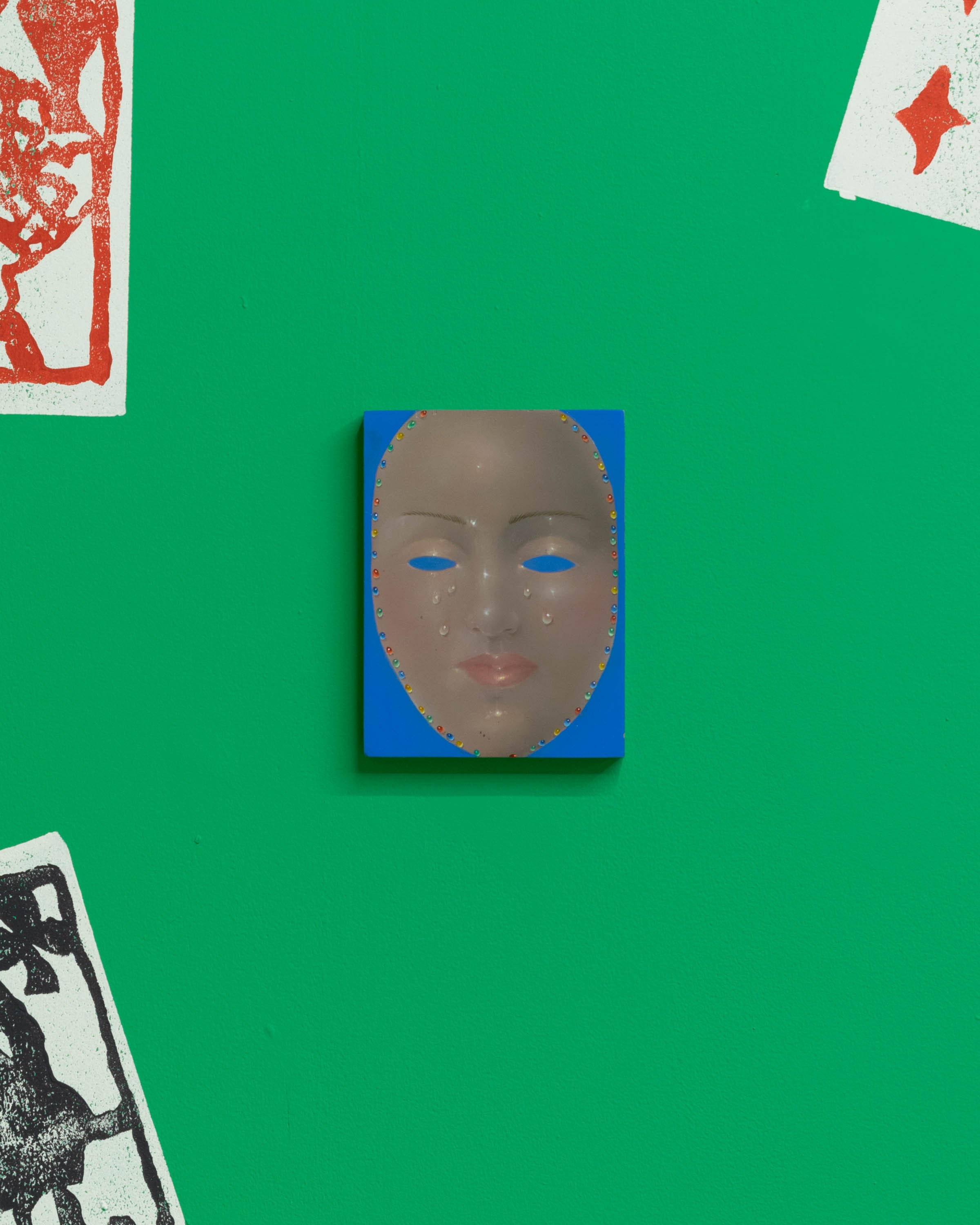
To Bedazzle, Natalia González Martín, Oil on panel, 20 x 15cm, 2024
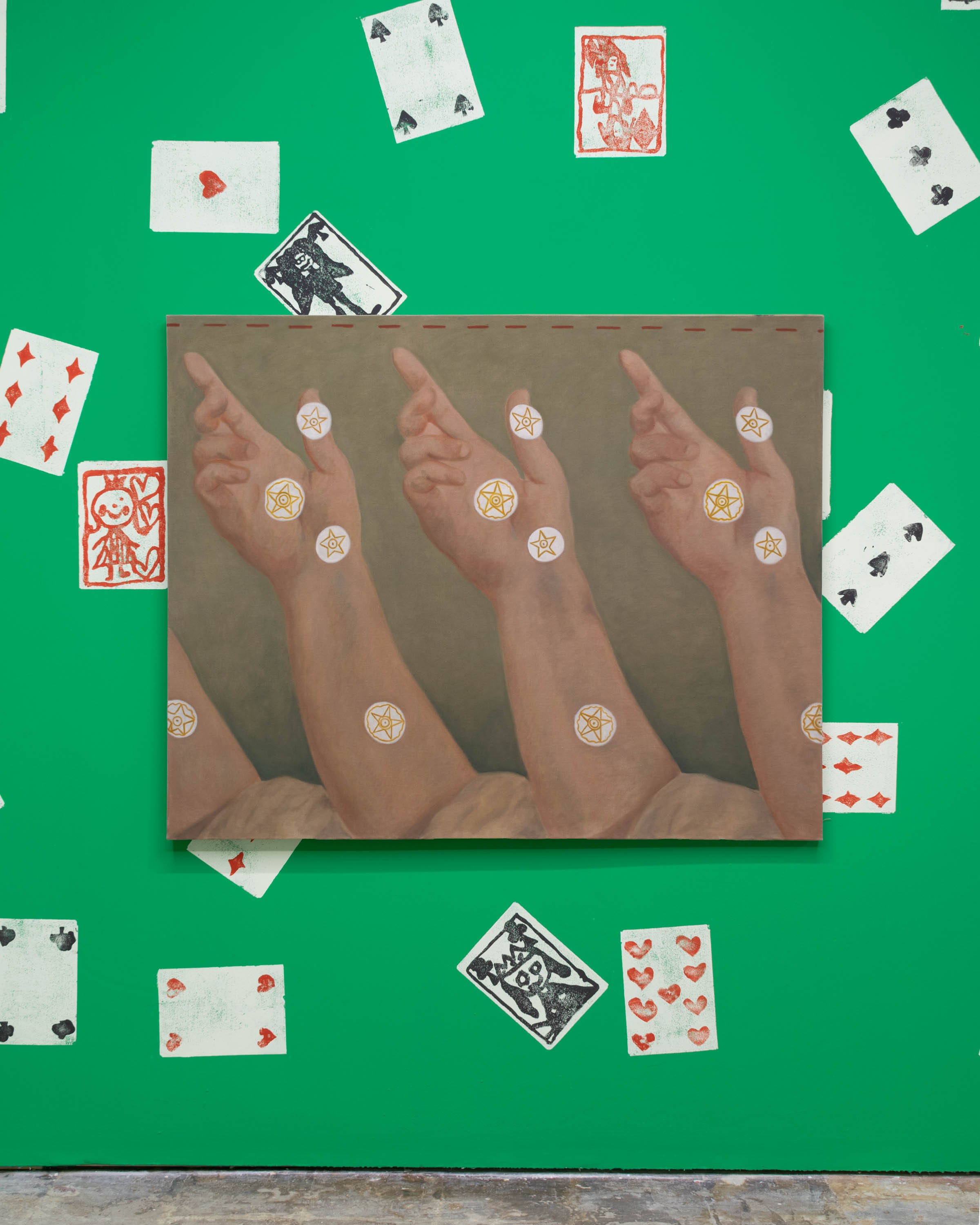
Don't Worry, I'll Only Read You the Good Bits, Grace Lee, Oil on linen, 152 x 122cm, 2024
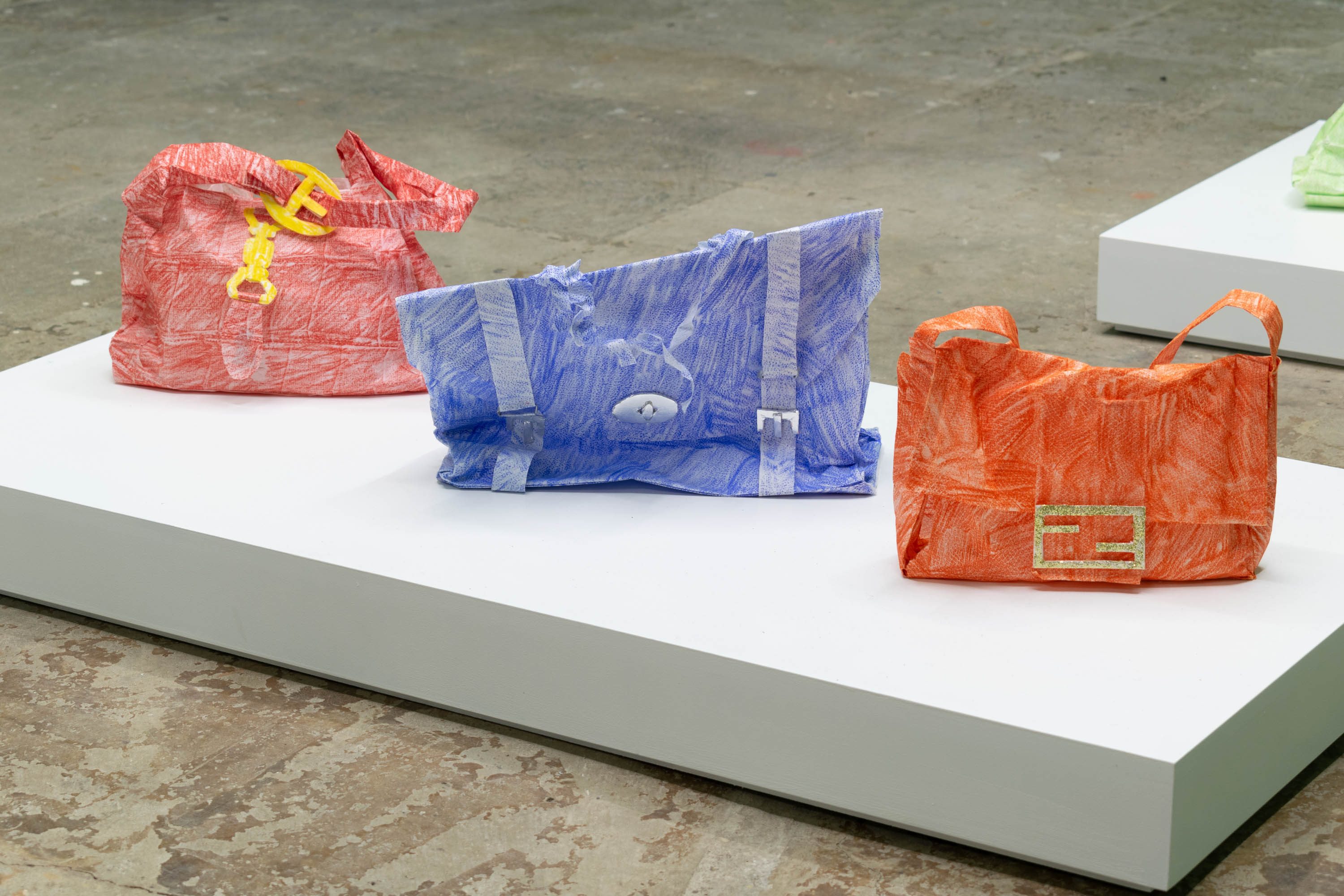
L-R Fendi, Mulberry Alexa, Gucci – Cecilia Sargent, Wax pastel on Chinese rice paper, dimensions variable, 2024
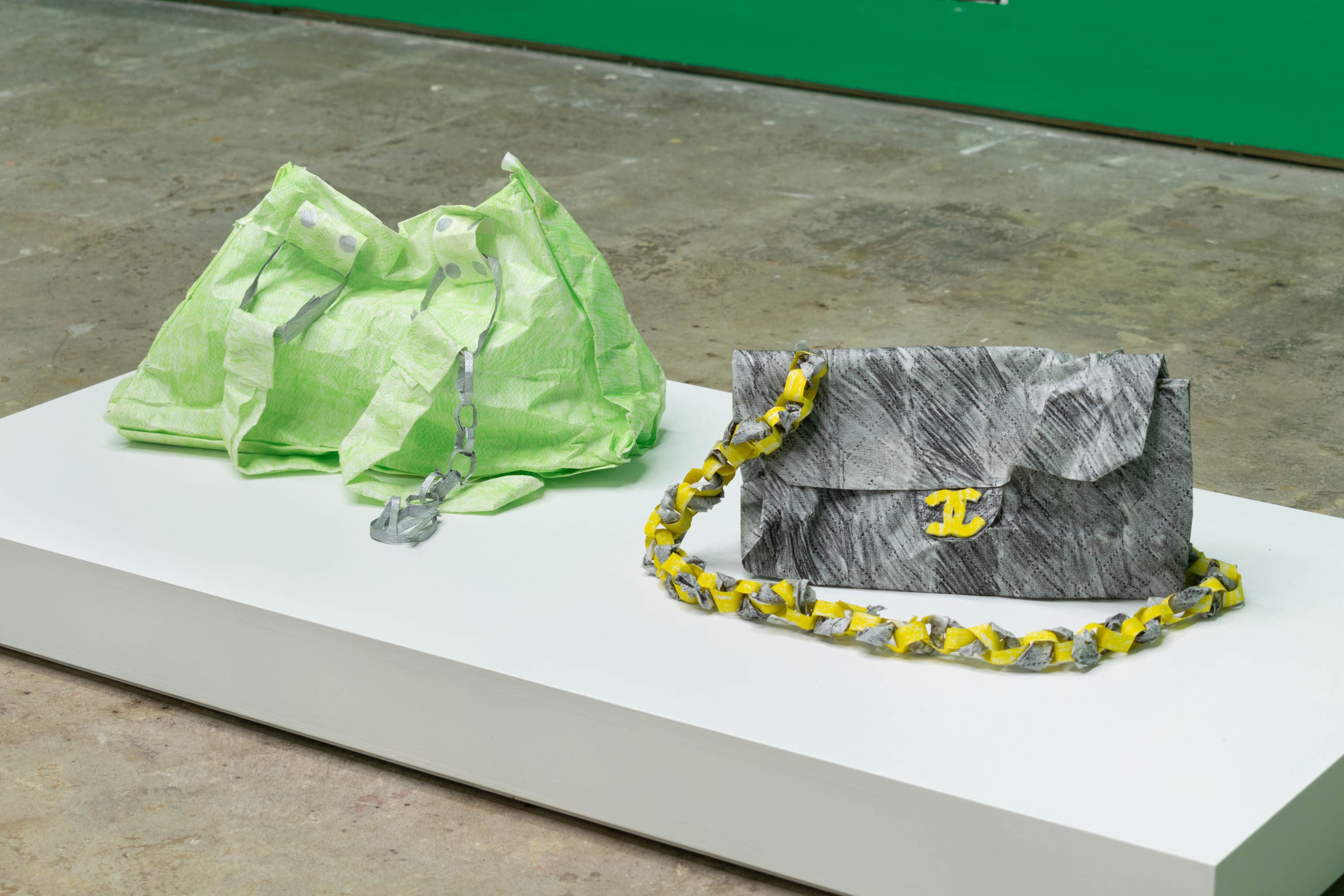
L-R Michael Kors, Chanel – Cecilia Sargent, Wax pastel on Chinese rice paper, dimensions variable, 2024
Slugtown are pleased to present Main Protagonist, a group exhibition featuring nine artists from across the UK; Charlie Billingham, Lily Bunney, Emma Cousin, David Gardner, Natalia González Martín, Grace Lee, Glen Pudvine, Janina Sabaliauskaitė and Cecilia Sargent.
The exhibition considers the power of theatricality, presentation and concealment, and examines ideas of staging; of what is shown as public, and what is kept private, and the fleeting moments where anyone can become the central character for a moment.
Spanning the walls of the gallery is a commissioned mural designed by Charlie Billingham, and completed by the young participants of our SlugClub Programme. The wall drawing features a full deck of 52 hand-printed playing cards, their scattered arrangement against a vibrant card table green backdrop creating an atmosphere of playful disorder. Each card, designed by the children, carries a unique narrative and serves to illuminate how we all choose to conceal or reveal facets of our identity, as well as the transient nature of a central protagonist.
Alongside the wall-drawing, Billingham presents two paintings Drop and Offscreen, both of which feature cropped sections from late Georgian and Regency-era satirical prints. Through a process of cropping and recomposing, he removes the original narratives, isolating particular moments, gestures and expressions, to create new compositions. Through this decontextualisation, the paintings are able to read with new and ambiguous interpretations.
Lily Bunney’s neo-pointillist paintings play with the analogue and the digital and are inspired by the interwoven history of the computer and the jacquard loom. On screen they appear hyper-digital yet in person they maintain an exacting tactile quality. The works explore the intersection of vulnerability and digital consumption, and investigate how we construct and witness our own stories in an age of overwhelming narrative abundance – particularly examining the ways we use social media and popular culture. Bunney’s paintings embrace the ephemeral nature of digital content while questioning how we document and share our experience; her meticulous style transforming disposable images into quasi-monuments.
Make Like An Egyptian by Emma Cousin was produced following research into animals, deep time, landscape and stained-glass windows. The painting collides together the analogous forms and shapes of snail shells, wrought iron railings, and a human figure – pushing the limits of how when combined on the pictorial plane they can be interpreted as a whole, whilst simultaneously being read as individual components with their own unique visual lexicons. The inclusion of twisted arm mimicking the posture of a climbing move termed an Egyptian lends the work its title and nods to the manoeuvre invented to get one out of a tricky situation on the wall. The notion of something connected, distinct yet separate, related to Cousin’s current experience of separation anxiety, where the boundaries and thresholds between herself and her young child can often feel blurred, fluid, overlapping and sometimes precarious.
David Gardner creates figurative paintings and drawings with a focused interrogation on his own body and its relationship to different spaces, both real and imagined. The body is always half concealed/half revealed, emerging behind flora, fences, veils and props. Images are staged to slowly reveal themselves, initiating an act of looking, one where the gaze must penetrate a threshold through and into the picture plane. Colour is a core anchor in Gardner’s imagery, often very vibrant and glowing as if lit from within, radiating from the inside-out towards the viewer.
The symbolic aspect of objects and their veneration are central to the practice of Natalia González Martín. She uses a contemporary visual language of still life, renaissance portraiture and religious iconography in her diligent paintings. Inspired by her Catholic upbringing and a fascination with the history of Western mythology, González Martín interrogates how symbolism, allegory and fables represent truths about society – but also their use in upholding patriarchal narratives about the limits of female desire and freedoms. In Main Protagonist, she presents To Bedazzle, a diminutive masked portrait, set against a spartan sky blue background. Gently rolling down the surface of the face are glinting teardrops synonymous with historical depictions of the Virgin Mary. The kitsch multi-coloured gemstones that adorn the mask’s edge thrust the work into a contemporary context, reflecting on how identity can concurrently be performed and obscured.
Grace Lee’s practice is informed by a curiosity for contradiction, weaving overlapping narratives of visual culture, personal expression and humorous observation. Don’t Worry, I’ll Only Read You The Good Bits depicts the repeated form of a hand held aloft systematically composed across the surface of the canvas. The close cropping and removal of any extraneous details invite the viewer to question whether these arms are attempting to communicate and signal, or perhaps they are empty gestures? Further complicating the reading are a number of starkly rendered hand-drawn stars superimposed on top of the painting, which together resemble celestial constellations or a diagram of pressure points.
Pencil to Paper by Glen Pudvine playfully subverts the traditional perspective of self-portraiture. The viewer literally comes face to face with Pudvine through the pictorial window of the canvas with the large looming hand of the artist pointing a pencil directly out of the composition. The work is a complex contemplation on creativity, and of how and why ideas form. Pudvine often wonders if ideas float around in the world ready formed, waiting to be discovered. Pencil to Paper questions this thought, and the concept of the genial artist, as we witness the moment when ideas are brought to reality.
Similarly Janina Sabaliauskaitė’s photography challenges established representations of the human figure. Her photography revolves around sexuality, queer joy and pleasure – returning the gaze to those who have long been the target of the camera’s lust for ‘strangeness’. From love diaries with Danielė, Newcastle, UK captures the undulating landscape of a body bathed in a soft, even light. This is a quietly intimate moment that we are invited into, of twisted pubic hair delicately played with. Sabaliauskaitė’s work centres trust and proximity as integral players, the resulting images a product of a long, collaborative process between photographer and sitter that exists before and after shutter release.
Cecilia Sargent’s paper handbag sculptures interrogate the complex interplay between aspiration, desire, and the beauty of imperfection. Delicately produced using wax pastels and Chinese rice paper, the sculptures begin with rubbings taken from both fake designer bags and her grandmother’s handbags, capturing textures that embody consumer culture and personal history. The process of rubbing often leads to rips and tears reinforcing the concept of striving for perfection whilst embracing the chance of failure. The bags, typically symbols of wealth, power and success, are fragile and ephemeral embodying Sargent's celebration of imperfection and a DIY materiality.
